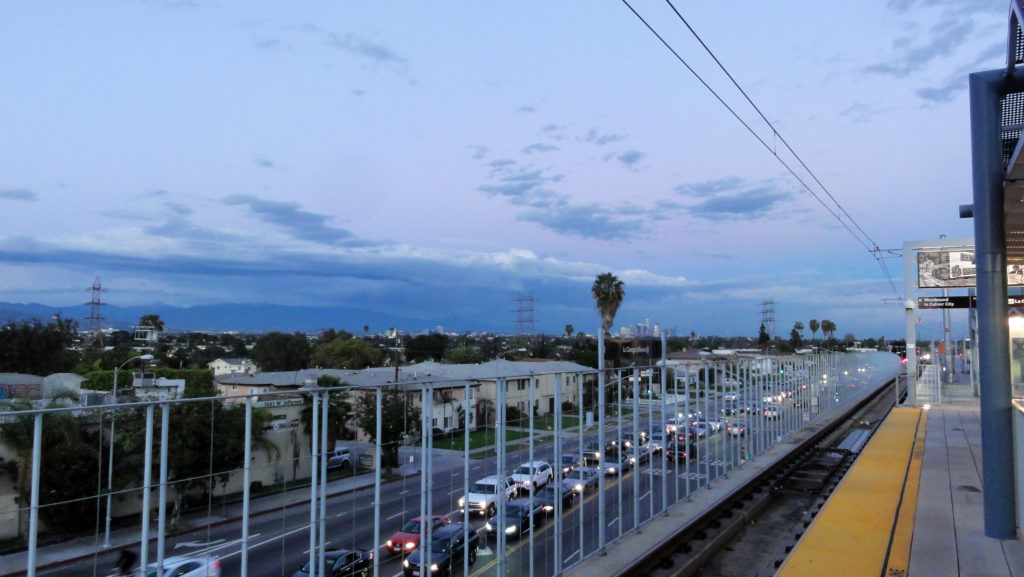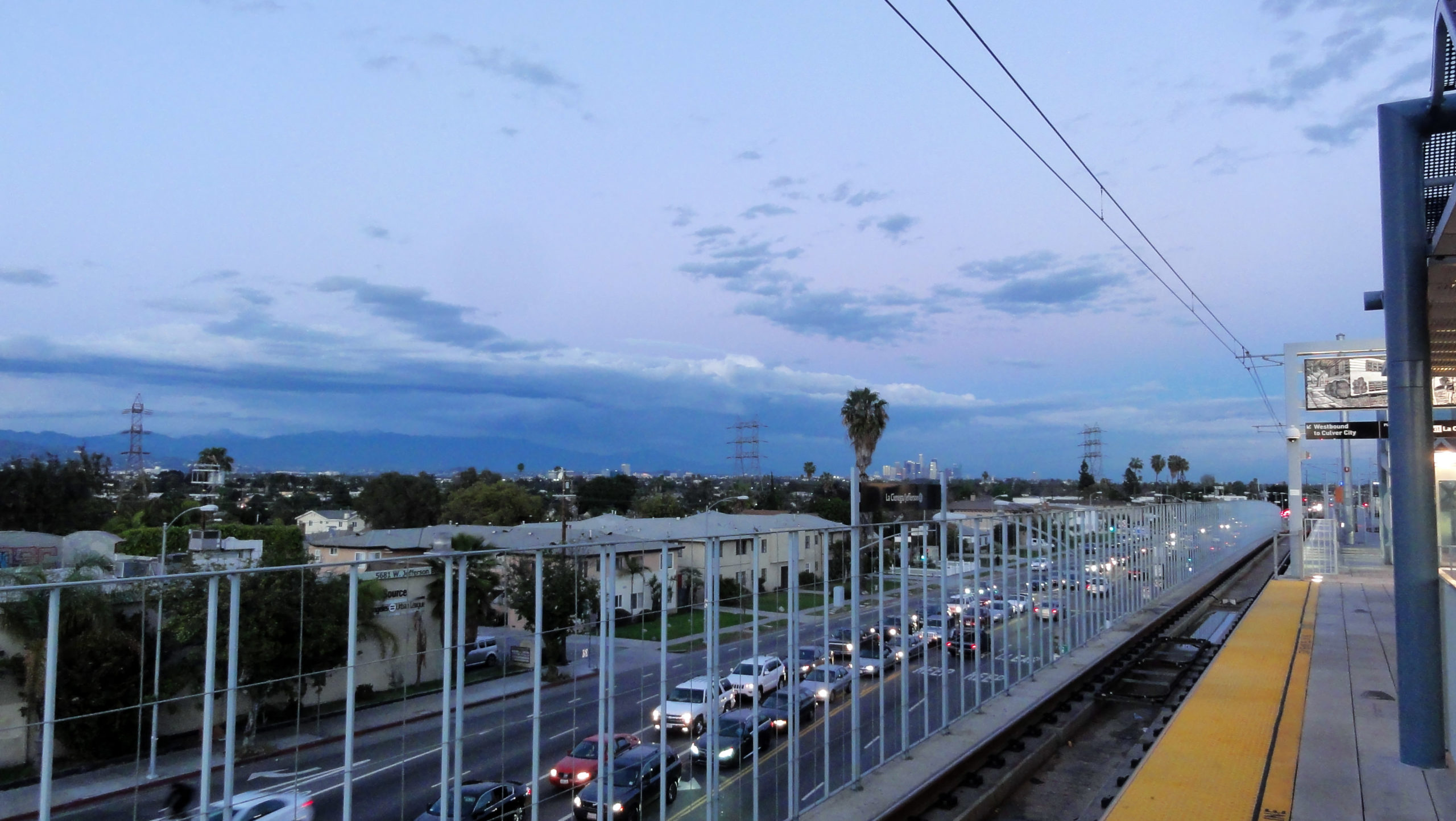More than anything, new development in Los Angeles needs to serve the community residents who currently live here. This November, voters will decide whether or not to pass a measure that will add a series of transit extensions and fund road improvements. The measure could produce positive environmental and economic impacts which could turn LA into a viably sustainable city. However, it is equally important to do this in a way that allows all residents to be a part of a better LA. Measure M, if passed, will worsen current development trends in LA, confirmed by a recent report that shows significant displacement near transit lines. A new UCLA study shows that the development of transit lines – including lines funded by Measure M’s predecessor, ‘Measure R’ (passed in 2008) — is likely to catalyze gentrification.
The proposal of Measure M requires us to look past the initial transit extension plan. As Los Angeles becomes a city less reliant on automobiles, areas in close proximity to transit stations become more desirable places to live. Because areas next to a transit stations are desirable places to live, they are smart places to build housing. The UCLA study by Luskin School of Public Affairs focused on gentrification measures and demographic changes across Los Angeles from 2000-2013. According to UCLA Newsroom, the study found that “neighborhoods near [light-rail and subway stations] are more associated with increases in white, college-educated, higher-income households and greater increases in the cost of rents.” This is because (a) many apartment owners push out low-income tenants so they can charge higher rents to new tenants or build a new building and (b) most new housing developments near transit (sometimes known as transit-oriented developments (TODs)) include only luxury apartments with new retail and dining options that attract people who can afford this lifestyle. Together, this is a recipe for gentrification.
Without policies in place to keep low-income residents in their current homes, a new transit station in a neighborhood could set off a chain of events devastating to the health and well-being of families. New transit stations lead to speculative activity and increases in land and home values which together lead to increases in rent. This means that TODs give landlords incentive to displace low-income residents from their homes in order to attract higher earners who now find these transit-rich areas desirable. Paul Ong, the director of UCLA Luskin’s Center for Neighborhood and Knowledge said, “Sometimes, landlords aggressively – and sometimes illegally – force [low income people of color] out.” People who have spent time growing their family and building relationships in the community will be uprooted from their neighborhoods. Children and youth in these areas will feel the loss of friends and the disorientation that comes with a forced move to unfamiliar places.
Strategic Actions for a Just Economy (SAJE), is a nonprofit organization that is fighting gentrification and displacement as a result of development in South Los Angeles. One TOD project along the Blue Line called The Grand Metropolitan is an example of how pre-emptive policy can include low income communities, not replace them. This project has a Community Benefits Agreements between developers and community organizations from the United Neighbors in Defense Against Displacement (UNIDAD) that includes funds for affordable housing, job programs, and health support to residents being affected by the projects.
Joe Donlin, Associate Directorat SAJE said, “Cities and public agencies like Metro must build off these local neighborhood innovations and scale up anti-displacement programs and investments. Unfortunately, Measure M does not reflect these on-the-ground lessons. Displacement and rising homelessness places a huge cost on all of us in the City and County. Metro must commit now to use a percentage of the $130 billion for keeping families living near areas identified for new transit stations, otherwise the majority of voters will realize Measure M is not for them.”
Anti-displacement plans should be included in Measure M to make sure massive transit expansion won’t make life harder on low-income communities. Policies with the intent to keep low income residents in their existing homes create an inclusive environment where everybody can contribute to the growth of a better Los Angeles.


